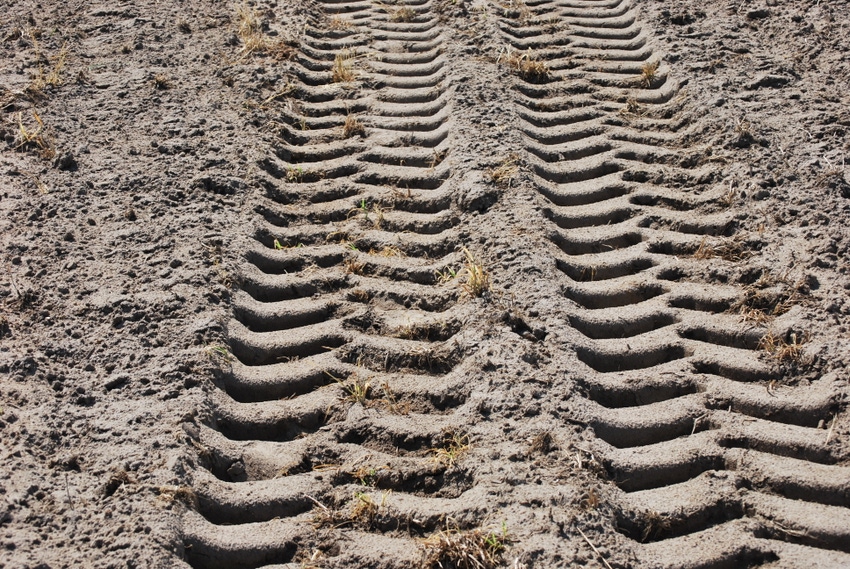
Some Southeast growers could use a few dry days.
Hate to complain about rain, so we won’t. But many growers need to finish up peanut and cotton planting and their pre-emergence herbicides are playing out — or soon will be playing out. They need to get into fields. After Tropical Storm Alberto, it will be early next week (June 4) before they’ll be able to get back into fields if the rain holds off for a bit.
Ken Barton is the executive director of the Florida Peanut Producers Association and farms peanuts and cotton in Holmes County, located in the Florida panhandle and not too far from where Alberto made landfall May 28.
“We’ve been getting rain since the storm (Alberto) moved through. Scattered rain today. No widespread damage to fields. Just wet. Biggest problem is delay from wet fields,” he said in a text May 31.
Most folks in the area are 65 percent planted. On Barton’s farm, cotton and peanut stands look great now and his pre-emergence herbicides are still working, too, but he will need to get on some cotton soon with Roundup, he said.
Barton jokingly said his wife tells him he complains less when the growing season is wet compared to dry, and the following week’s weather looked good for fieldwork. Though behind, all in all, his farm’s in OK shape for now.
Jody Childs, as of May 31, was about half finished planting his peanut and cotton. He grows about 1,200 acres of corn, peanut and cotton in southeast Alabama’s Wiregrass region. His farm received about 6 inches of rain from Alberto. He hoped to get back into fields Monday, June 4. When asked if his fields were looking OK and if his pre-emergence herbicides were holding out, he said, “Ask me in a week.”
In Worth County, Ga., located in the south-central part of the state, Johnny Cochran grows peanuts and cotton. He was about 65 percent done with cotton planting and 95 percent finished with peanuts as of May 30. “If we could miss a few days of showers, it would not take long to finish,” he said, adding that his farm had received about 6 inches of rain in the last 10 days
So far, Cochran’s fields look good and weeds are under control, but “it can’t last much longer with all this rain. May have to hand pull a few weeds,” Cochran said, jokingly adding that if a certain farm reporter wanted some extra cash to come see him July 1 and be ready to pull.
“As far as weather goes, the monsoon season has been a bit much, but, as with everything, there are silver linings,” said Adam Speirs, University of Georgia Extension coordinator in Madison County, located near Athens, Ga., adding that a month ago it was too dry to plant and now it’s too wet to do so in the area.
He said bermudagrass has done very well so far, but any fertilizing or herbicide applications have been delayed, and “I think we had one of the best years for putting up ryegrass hay that we’ve had in several years, and most folks are pleased with what they were able to put up.”
Most of the area’s corn and early soybeans are in the ground, though well-washed in fields now. “I think the folks hardest hit were the producers who had ryegrass and oats for seed or straw, lodging from wind and rain has it all on the ground. Most of that land was going to go into soybean production, so we have a nice mulch layer to maybe help prevent any pigweed germination – so like I said, silver linings.”
About the Author(s)
You May Also Like






